Exploring Great Britain Through Lochs, Legends, and Literature
Studying literature has always been an adventure in itself, but traveling through the landscapes that inspired some of the world’s greatest stories took that experience to a whole new level. This January, I had the incredible opportunity to travel with my Global Field Study class Great Britain: Lochs, Legends, and Literature. Over ten days, we explored the literary and historical treasures of Scotland, England, and Wales, tracing the footsteps of legendary writers while immersing ourselves in the stunning scenery of the UK. From Edinburgh’s gothic charm to the mystical allure of Loch Ness, the rolling hills of the Cotswolds, and the bustling streets of London, the trip was a seamless blend of education and adventure. Read on to see some of my highlights from our adventures!
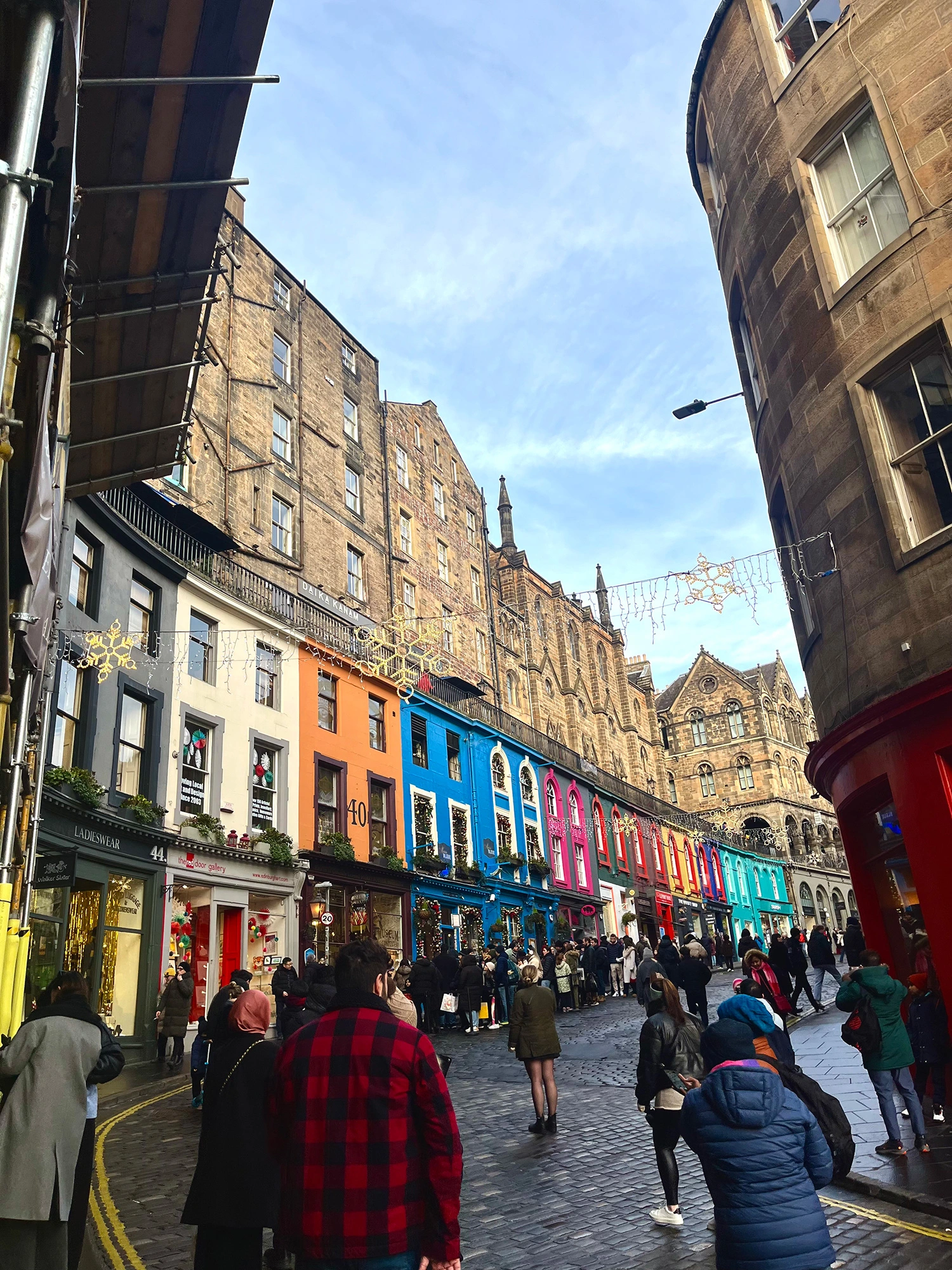
Our journey began in Edinburgh, where we took a walking tour tracing the inspirations behind Harry Potter. The city’s narrow alleyways, eerie graveyards, and towering castles made it easy to see why J.K. Rowling found her muse here. We explored the historic streets, indulged in traditional Scottish meals, and soaked in the charm of the medieval Old Town and the Royal Mile.
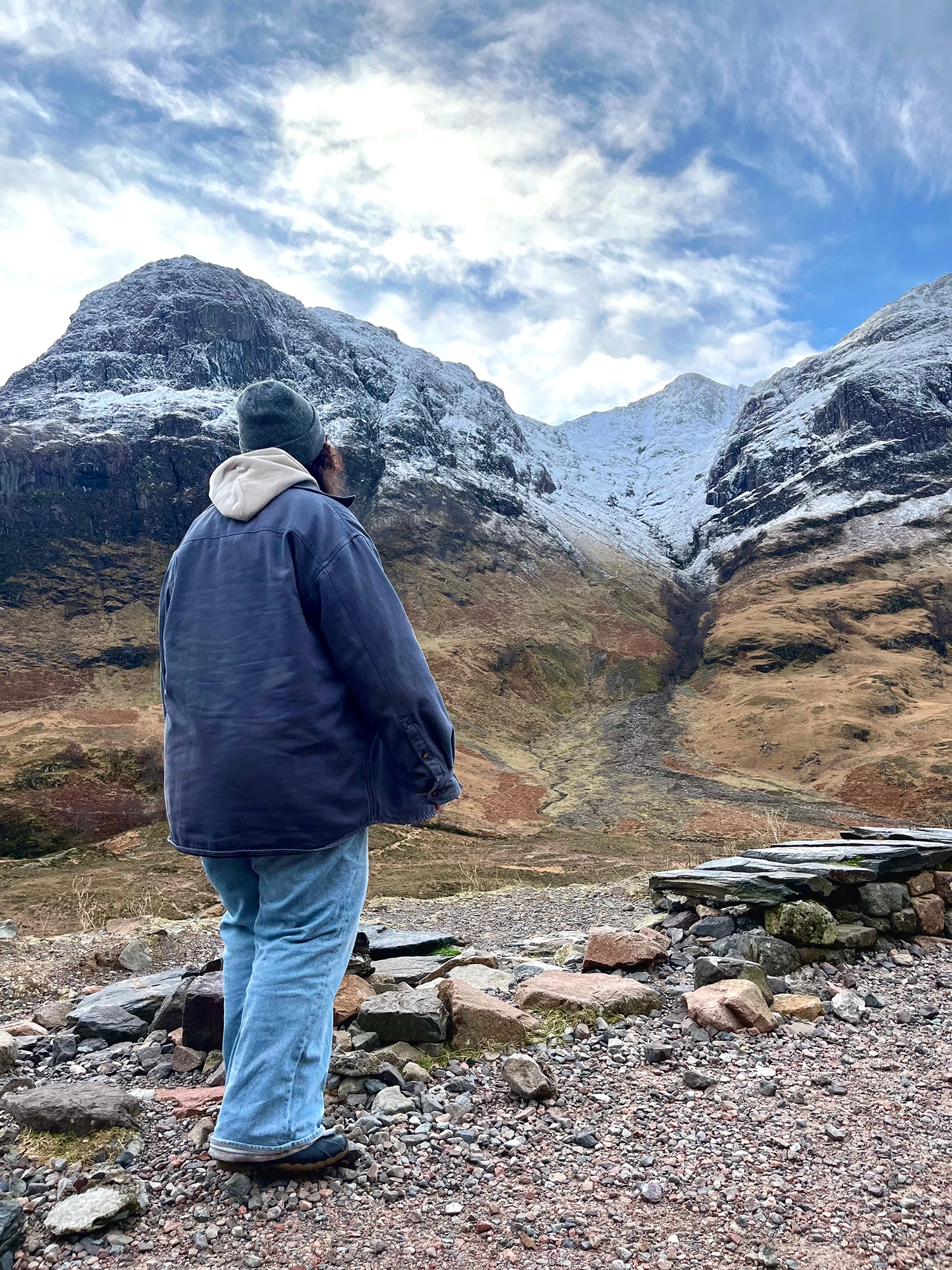
From Edinburgh, we ventured into the Highlands, stopping in the picturesque town of Pitlochry and later cruising the legendary Loch Ness. Standing on the shores, gazing out over the deep waters, we all entertained the idea—just for a moment—that Nessie might be lurking beneath. Our visit to Culloden Battlefield brought history to life in a sobering way, reminding us of the rich and often turbulent past that shaped Scotland.
Another highlight for me was visiting the Glenfinnan Viaduct—better known as the bridge the Hogwarts Express crosses in the Harry Potter films. Watching the steamtrain wind its way through the mountains was like stepping into the pages of a novel.
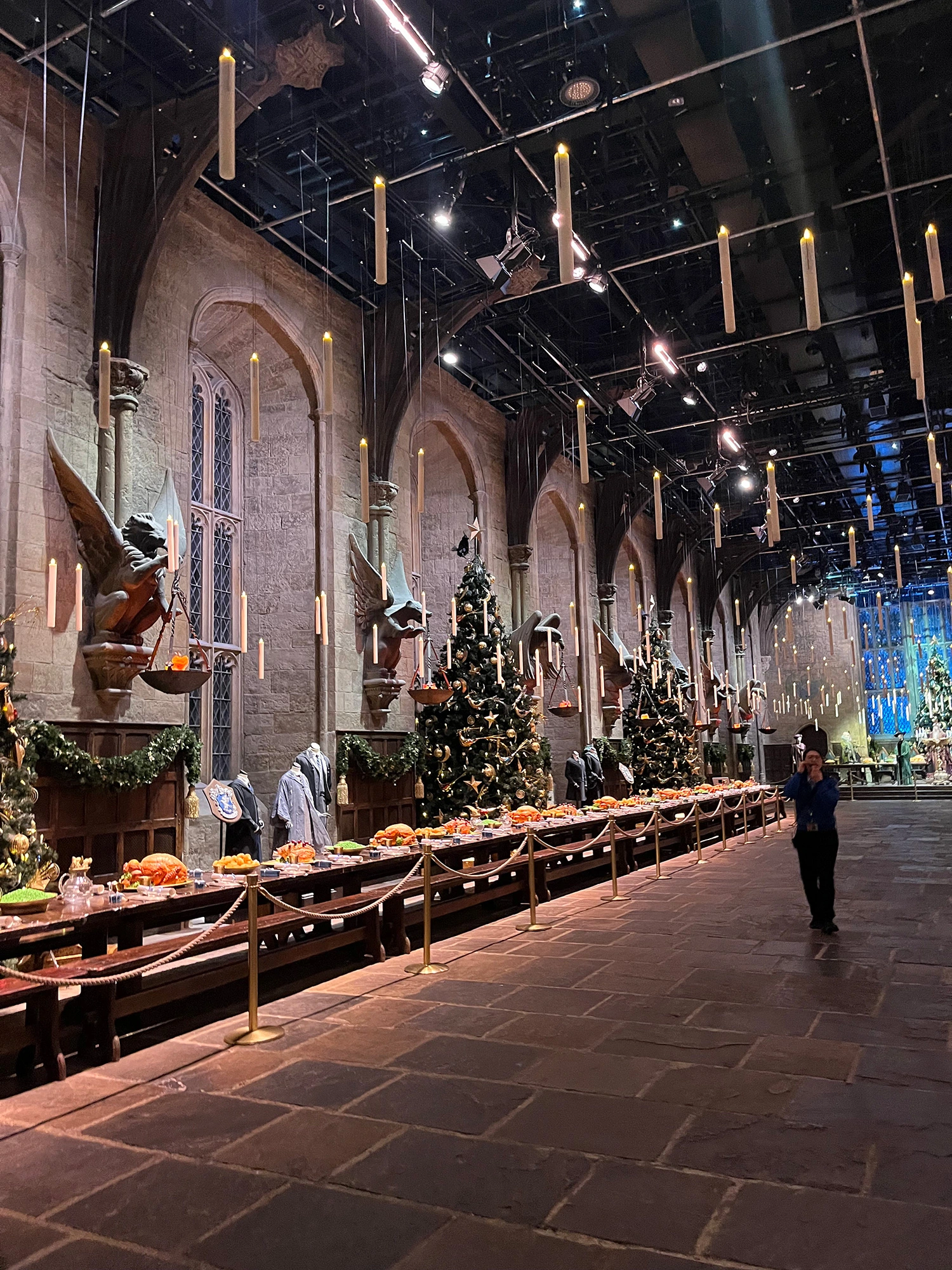
After an overnight train ride on the Caledonian Sleeper, we arrived in London. One of the trip’s most exciting moments was visiting the Warner Bros. Studio Tour to see the sets, costumes, and props from the Harry Potter films. But London had even more to offer—walking through the historic neighborhoods, visiting iconic sites like the British Library, and exploring the literary history woven into the city’s fabric.
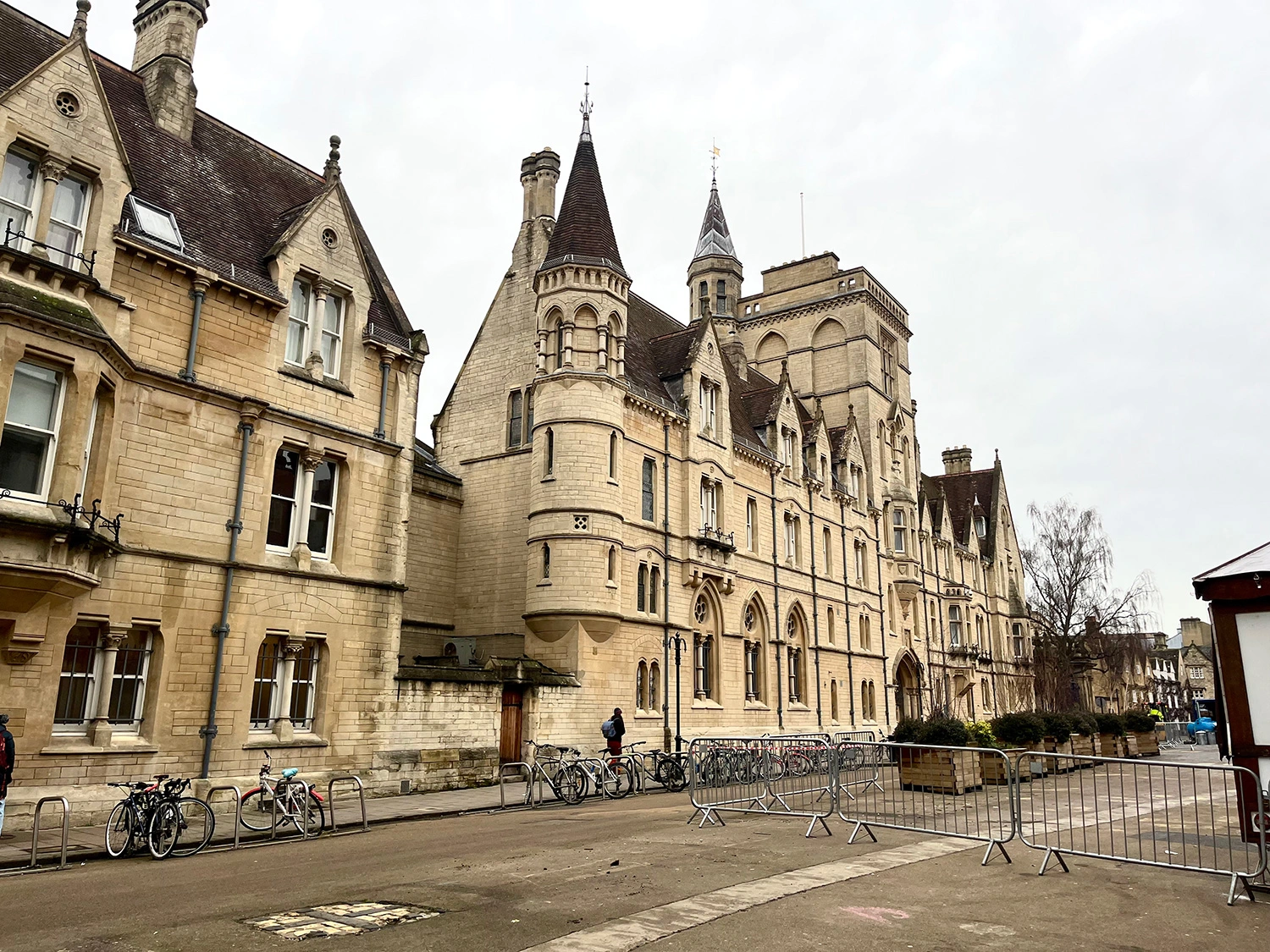
We then headed on a day trip to Oxford, allowing us to visit one of the most famous literary cities in the world. Walking through the historic university buildings, we could almost hear the echoes of C.S. Lewis and J.R.R. Tolkien debating their latest works. The Cotswolds and surrounding towns provided a stunning contrast to the city—quaint villages, rolling hills, and thatched-roof cottages that seemed pulled from the pages of a storybook.
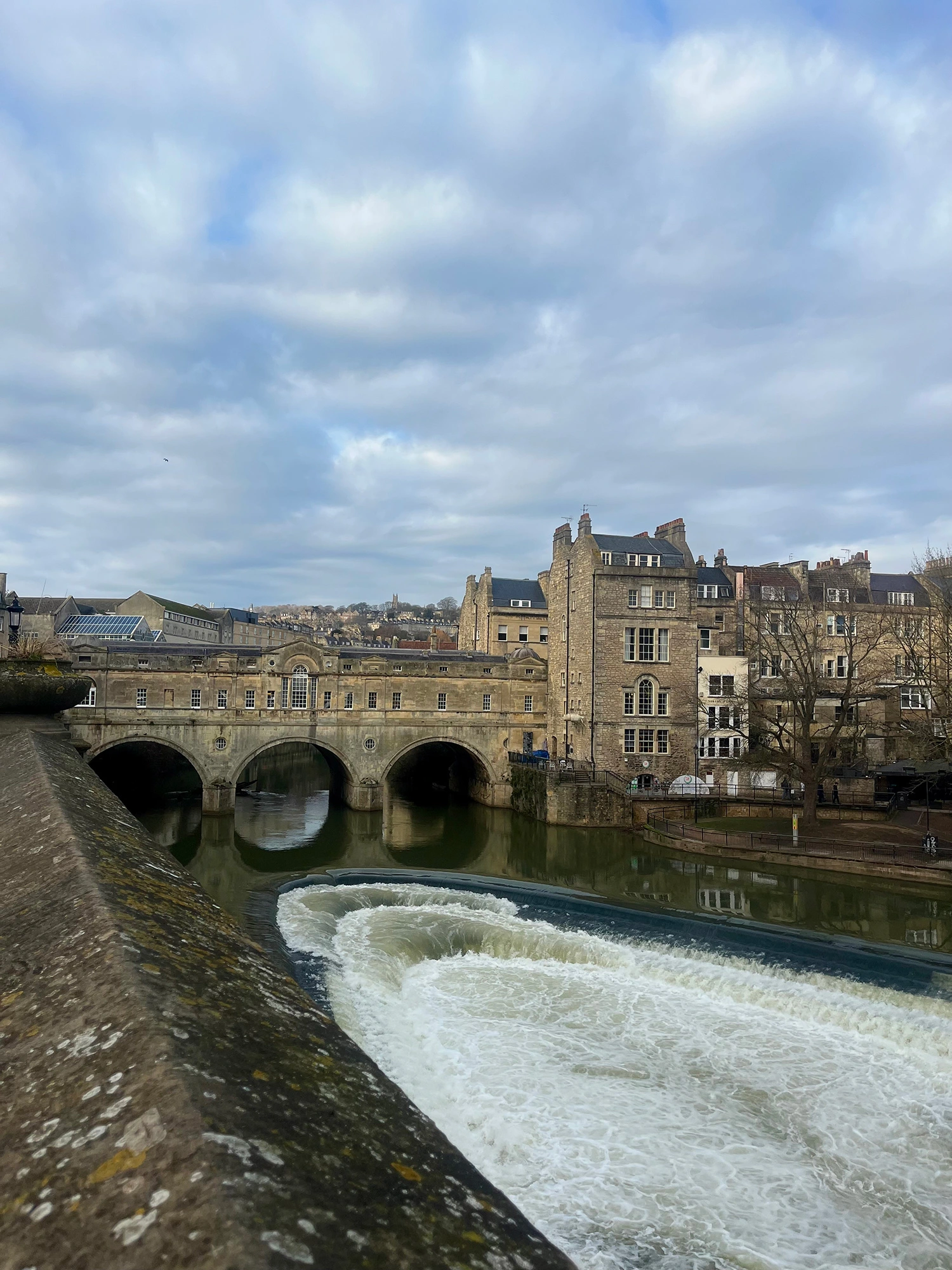
This trip was more than just a tour of famous locations—it was an immersive learning experience. Each site connected us back to the literature we studied, allowing us to see the real-world inspirations behind the stories we love. Whether it was standing on the grounds of Stonehenge, taking in the beauty of Bath’s Roman architecture, or wandering through the streets of Cardiff, every moment was filled with discovery.
While this was such an amazing opportunity, the class in general was incredibly interesting as well. Much of the content we focused on led back to sites we saw in Great Britain. Our class discussions centered on geocriticism, a method of literary analysis and literary theory that incorporates the study of geographic space. We looked at specific spaces in classic British literature and how they compared to the real spaces and places we later saw.
Traveling with classmates and faculty who shared a passion for literature made the experience even more meaningful. We left with not just incredible memories, but also a deeper appreciation for how place and history shape the stories we tell. If you ever have the chance to travel while studying, take it. There’s no better way to bring literature to life than by walking through the very landscapes that inspired it. And if you want to learn more about the program in general, check here!


